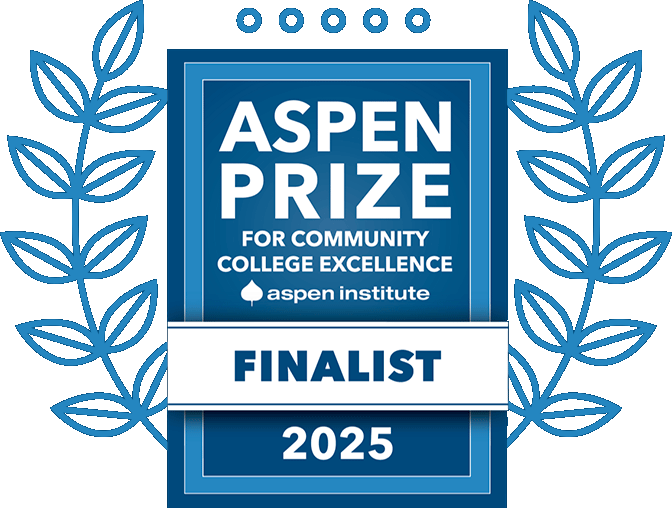Zoology Lecture
General Zoology
Course Framework for Biol 2154
This course is divided into 3 major sections that satisfy the following Course Objectives and Learning Outcomes:
| Learning Outcome Number | Learning Outcome Description |
|---|---|
|
1. |
Identify and define the characteristics of all living organisms and apply these characteristics to animals, fungi, protozoans, bacteria, and viruses. |
|
2. |
Distinguish between prokaryotic and eukaryotic cells and give examples of each. |
|
3. |
Describe the theory of the origin and evolution of life on earth as it relates to kingdom Animalia. |
|
4. |
Name and describe the distinguishing features of each of the major kingdoms. |
|
5. |
Describe the characteristics, list examples of each phylum, subphylum and class (when applicable) in each of the following kingdoms (Animal-like Protista, Animalia). |
|
6. |
Compare and contrast the body plans of different animals and discuss organization of body tissues. |
|
7. |
Identify and describe the basic anatomy and physiology of each of the following animal systems: Nervous, Endocrine, Skeletal-Muscular, Circulatory, Immunity, Respiratory, Digestion, Urinary, Animal Reproduction. |
|
8. |
Relate the differences in anatomical structure and functions among the various phyla of kingdom Animalia. |
|
9. |
Identify and describe the functions of tissues, organs and organ systems in the laboratory setting using preserved organisms, models and histological slides. |
|
10. |
Compare and contrast innate versus learned animal behaviors. |
|
11. |
Research a topic on animal biology (selected from a list) and write a detailed report on that topic.* |
* Information on the Research Paper can be Found here
FIRST SECTION: How we get diversity
| Lecture Topic | Lecture Materials |
|---|---|
| Evolution | |
| Ecology |
|
| Animal Behavior | Animal Behavior Notes |
| Animal Organization | Animal Organization Notes |
| Taxonomy/ Phylogeny | Taxonomy Notes |
| Origin of animals | Origin Notes |
SECOND SECTION: Invertebrates
| Lecture Topic | Lecture Materials |
|---|---|
| Sponges | Sponges Notes |
| Cniderians/ Ctenophores | Cniderian Notes |
| Flatworms/ Rotifers | Flatworm/Rotifer Notes |
| Moss Animals/ Ribbon Worms | Moss Animal/ Ribbon Worm Notes |
| Mollusks | Mollusca Notes |
| Annelids/ Ectyzoans | Annelid Notes |
| Arthropods | Arthropod Notes |
| Echinoderm |
THIRD SECTION: Vertebrates
| Lecture Topic | Lecture Materials |
|---|---|
| Chordate Beginnings | Chordate Notes |
| Fishes | Fish Notes |
| Early Tetrapods/ Amphibians | Amphibian Notes |
| Non-Avian Reptiles | Reptile Notes |
| Aves | Aves Notes |
| Mammals |


